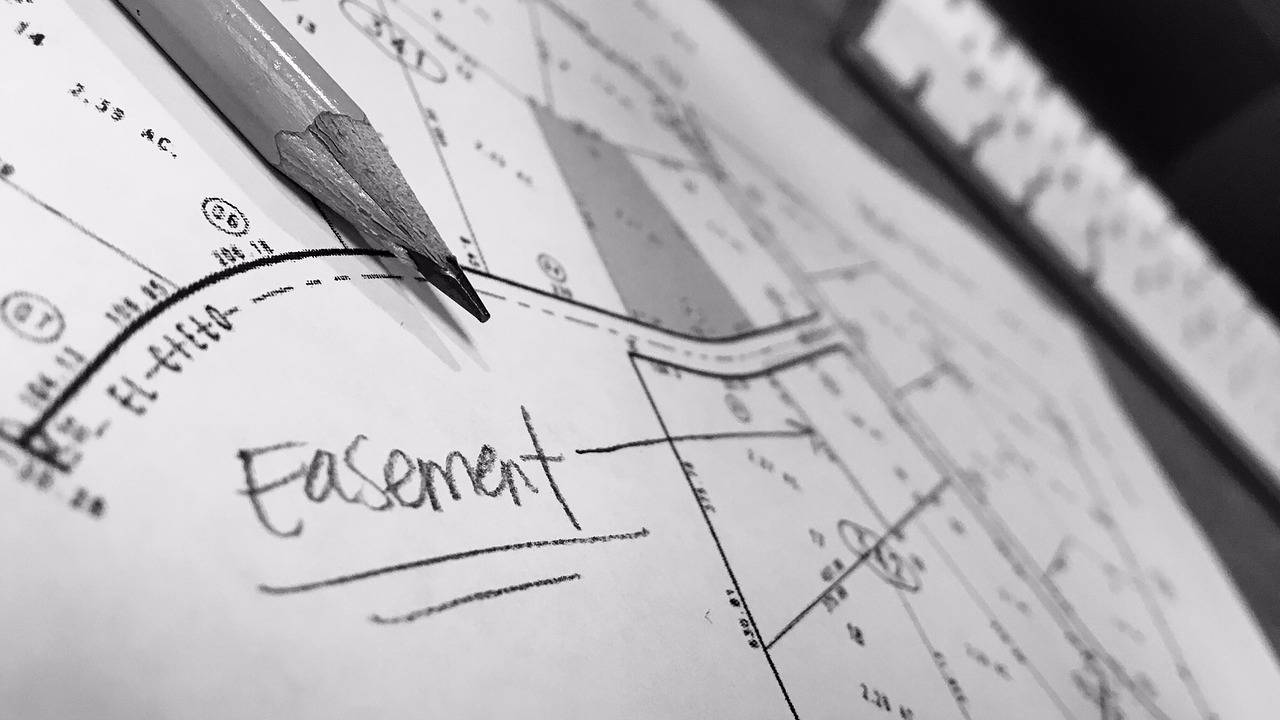Many home buyers avoid properties with easements, sometimes this is justified but in most cases, it’s based on fear of the unknown. Like most situations pertaining to real estate the choice of passing up properties with easements depends on the type of easement.
There is a wide range of easement types from the most basic public utility easement to the much more invasive “Public Right of Way”. In many cases, the homeowner is hardly aware they even have an easement. So before a homebuyer decides to rule out this type of property, they need to do a little bit of research in order to first answer the question “What is an Easement?”
By Definition, an easement is a right to use or enter the property of another without actually owning that property. Easements are generally used for the betterment of a community or neighborhood. For example, in order to maintain an unsightly look, developers will often Implement something called a public utility easement. This easement allows utility companies to place utility lines in the most efficient or least obtrusive matter. The catch is when it comes time to repair or service those lines utility company needs to be able to get to them. This often means having to use an easement in order to go onto somebody's property in order to repair or service those lines. People that live with public utility easements can tell you this almost never happens. But, the easement is there just in case.
Another example of an easement for the greater good is a right-of-way through one property into another. This generally occurs when the only way to get to a house is through a shared driveway or something called a flag lot. In this case, the developer will put the easement in place at the time of planning allowing one resident to use the driveway of another in order to obtain egress to their property. This type of easement is very specific and only allows for use in order to obtain egress. This type of easement often has an unexpected benefit, especially in snowy climates. homeowners will often share the responsibility of keeping the shared driveway clear of snow and ice.
The final example of an easement for the greater good involves public right-of-ways. we see this in communities where both residents and non-residents have the right to use a portion of a property to get to something like a beach or a park. While this easement only allows for access to and from the destination, these types of easements, unfortunately, end up coming with some additional hassles like noise or people not understanding how the easement works and accidentally wandering onto your property. These types of inconveniences really can pose a negative impact on the property and would be the kind of easement a buyer might pass on a property because of.
In the final analysis, an easement should not be something that necessarily keeps a buyer from considering a property. Research is the key to understanding the kind of impact in easement will have on a property. home buyers should use the resources at their disposal in order to do the appropriate research before walking away from a property with an easement. These resources are people like your realtor or title company. In some extreme cases, you might want to take the easement to an attorney to get a better understanding of the full legal ramifications of an easement.


Comments(0)